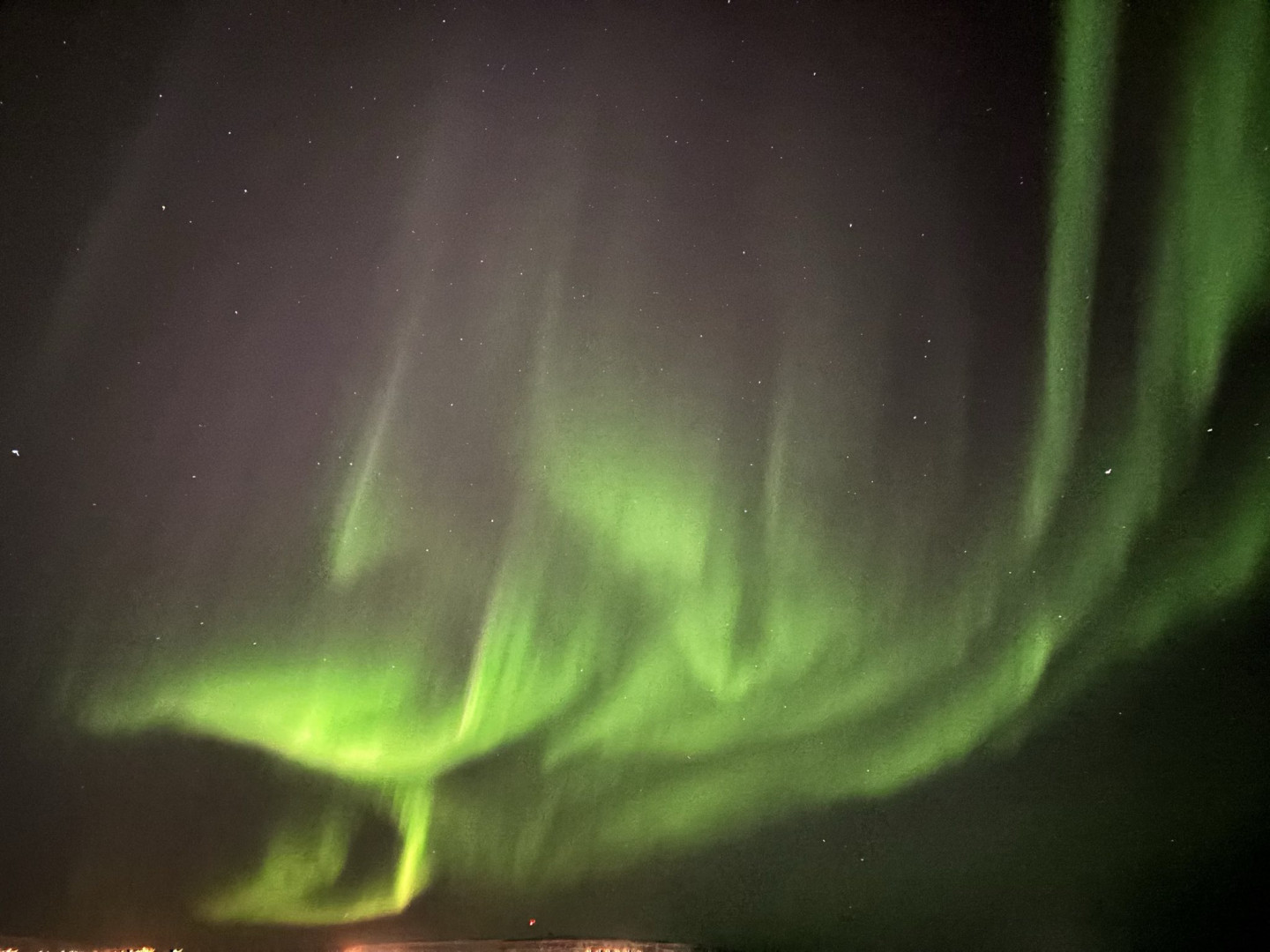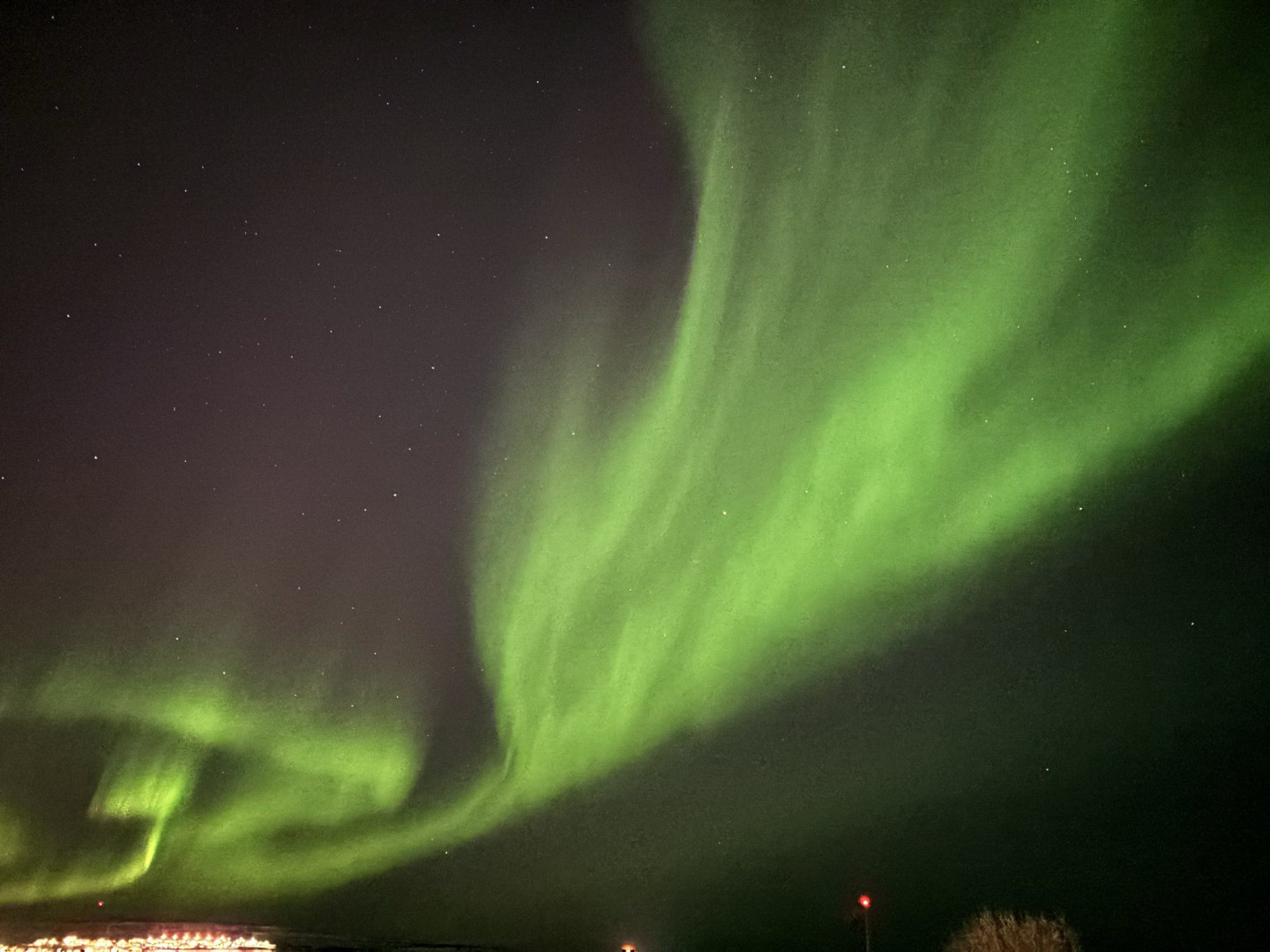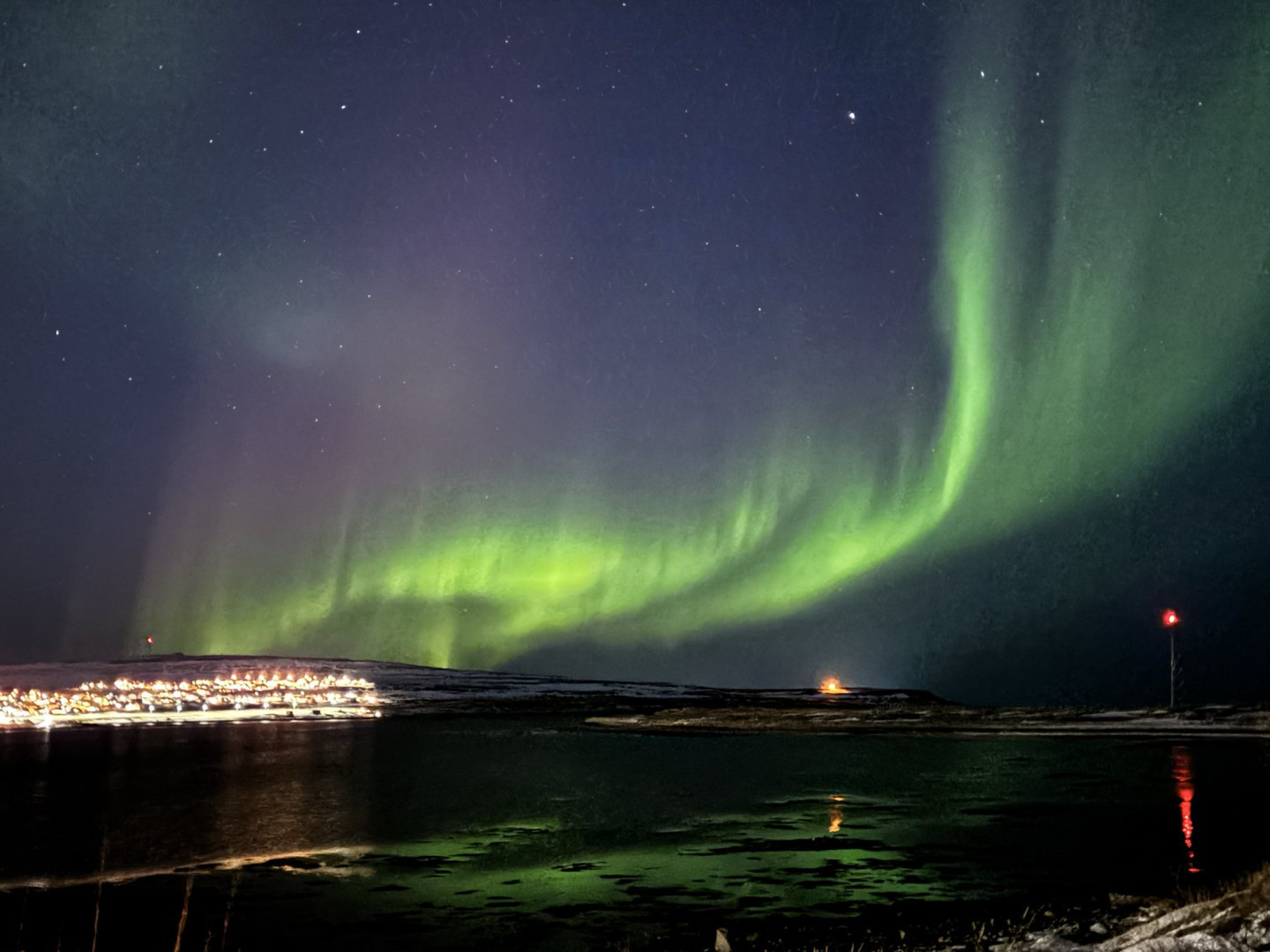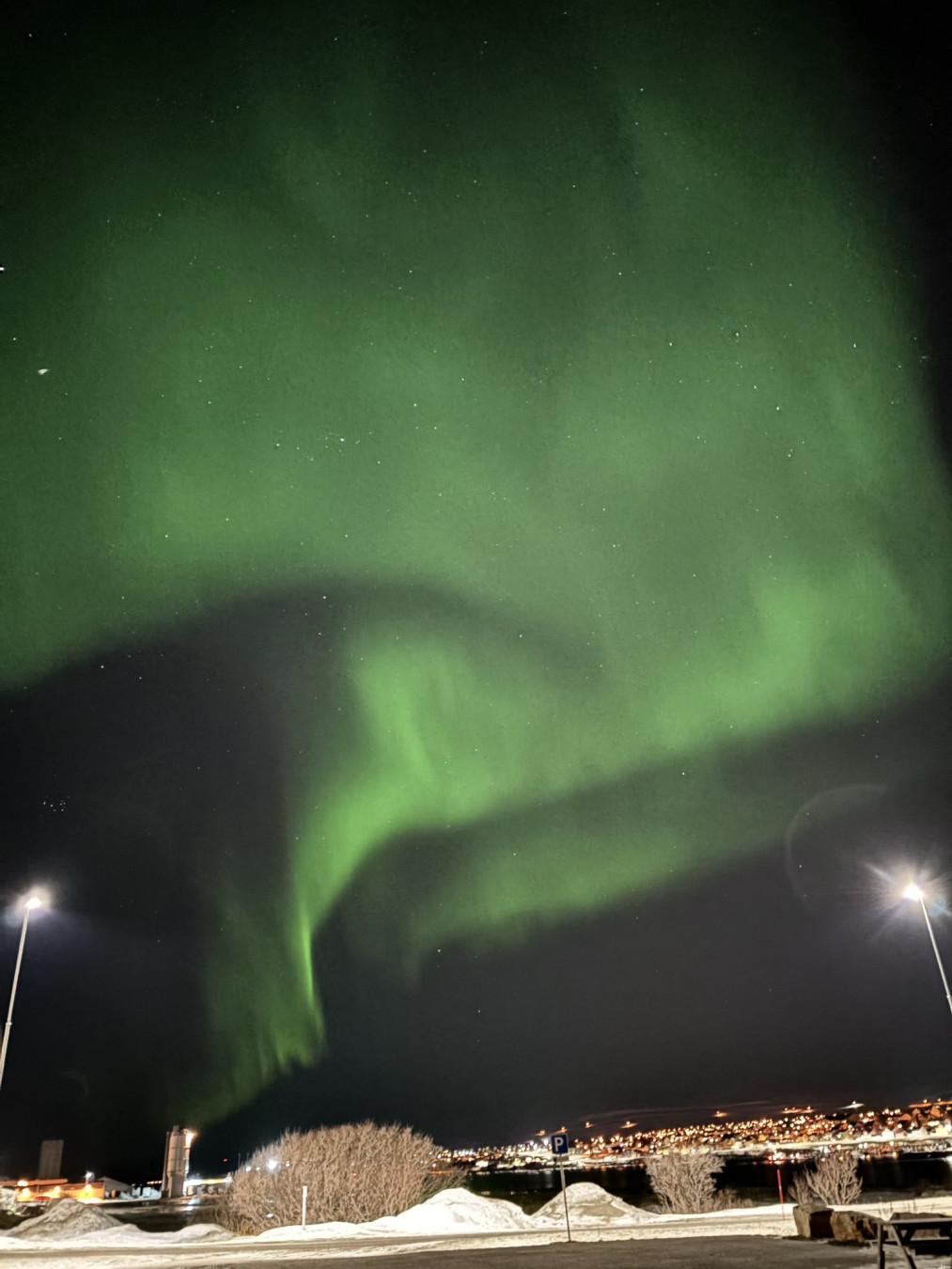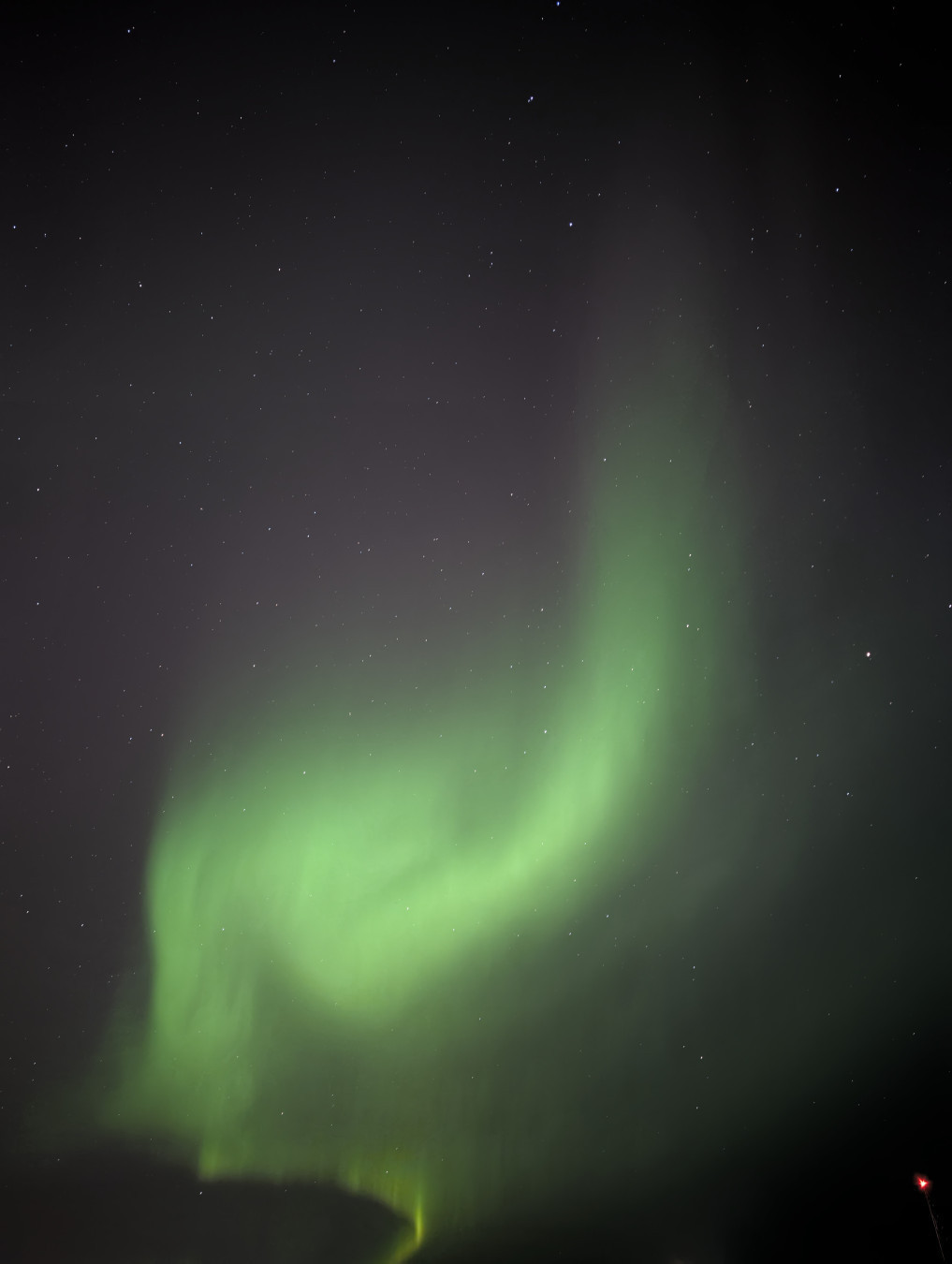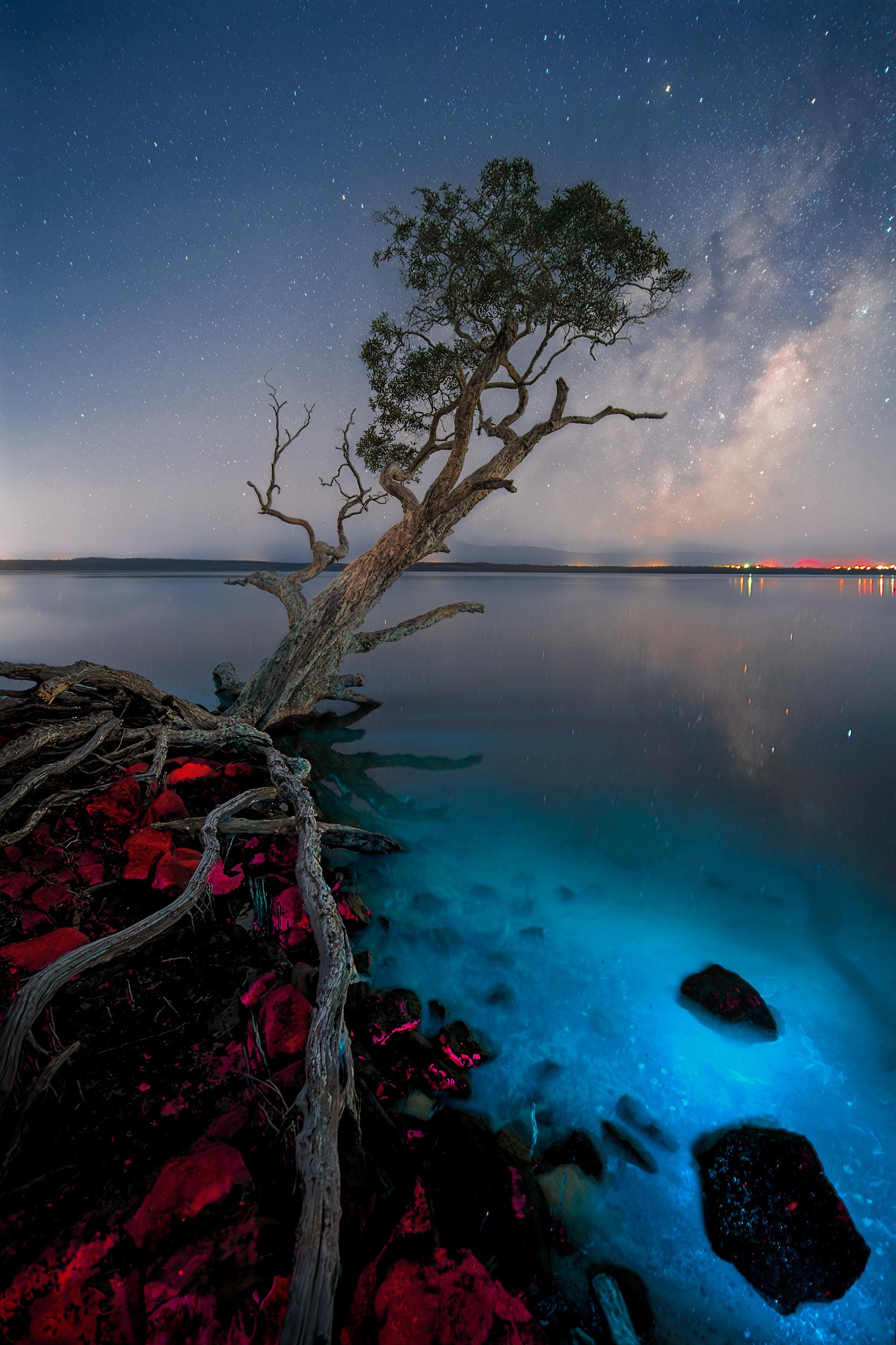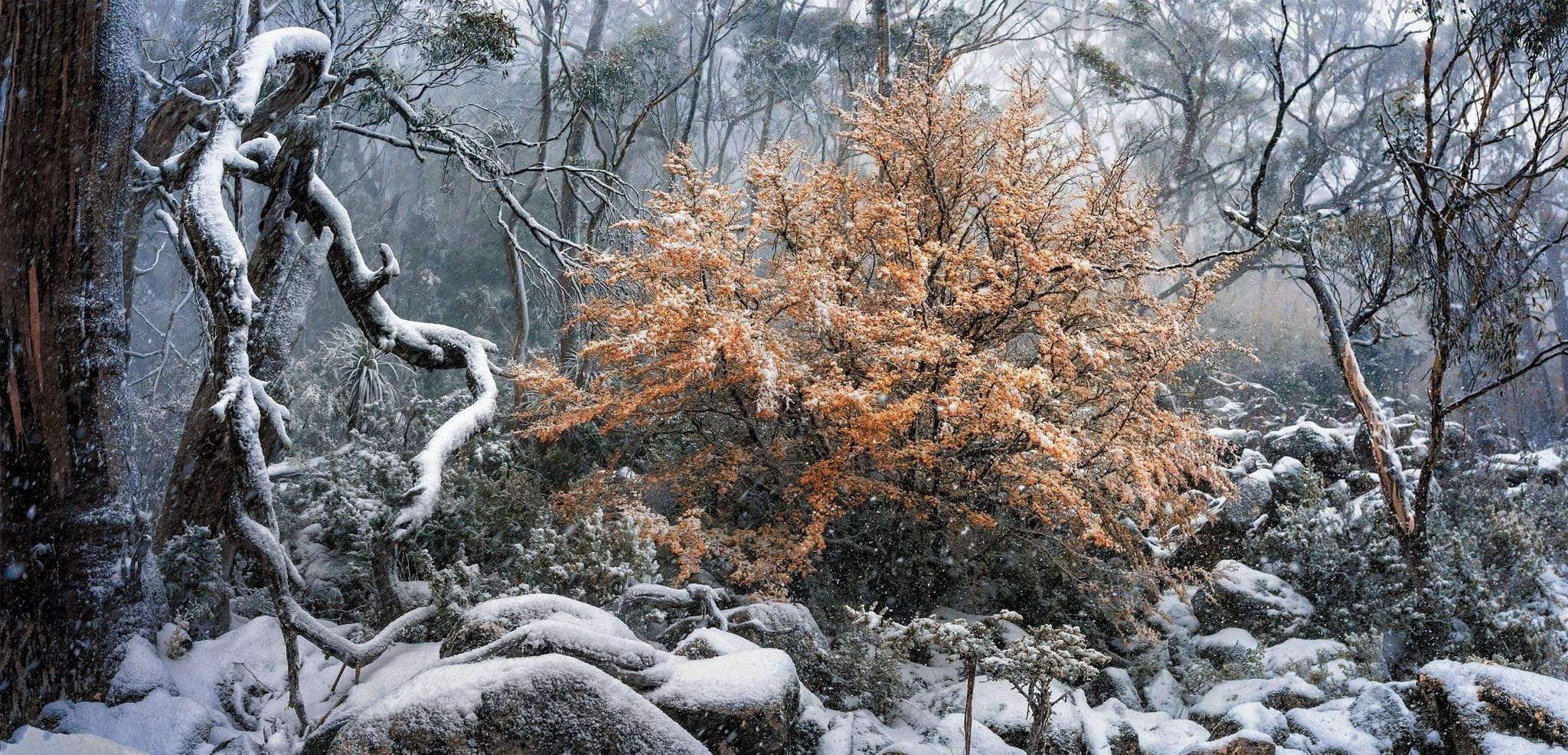Content Warning
* Scientific Visualization Credit: NASA, GSFC, Jeremy Schnittman & Brian P. Powell; Text: Francis J. Reddy
https://sedvme.gsfc.nasa.gov/sci/bio/francis.j.reddy
https://science.gsfc.nasa.gov/sci/bio/jeremy.d.schnittman
https://science.gsfc.nasa.gov/sci/bio/brian.p.powell
https://www.nasa.gov/goddard/
https://www.nasa.gov/
Explanation:
If one black hole looks strange, what about two? Light rays from accretion disks around a pair of orbiting supermassive black holes make their way through the warped space-time produced by extreme gravity in this detailed computer visualization. The simulated accretion disks have been given different false color schemes, red for the disk surrounding a 200-million-solar-mass black hole, and blue for the disk surrounding a 100-million-solar-mass black hole. For these masses, though, both accretion disks would actually emit most of their light in the ultraviolet. The video allows us to see both sides of each black hole at the same time. Red and blue light originating from both black holes can be seen in the innermost ring of light, called the photon sphere, near their event horizons. In the past decade, gravitational waves from black hole collisions have actually been detected, although the coalescence of supermassive black holes remains undiscovered.
https://www.nasa.gov/universe/new-nasa-visualization-probes-the-light-bending-dance-of-binary-black-holes/
https://apod.nasa.gov/apod/ap200825.html
https://en.wikipedia.org/wiki/Accretion_disk
https://apod.nasa.gov/apod/ap190411.html
https://svs.gsfc.nasa.gov/14132/
https://ui.adsabs.harvard.edu/abs/1993AmJPh..61..619N/abstract
https://apod.nasa.gov/htmltest/rjn_bht.html
https://en.wikipedia.org/wiki/Photon_sphere
https://apod.nasa.gov/apod/ap201104.html
https://apod.nasa.gov/apod/ap250506.html
#space #blackhole #astrophotography #photography #astronomy #science #nature#NASA#ESA


